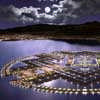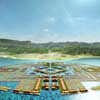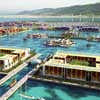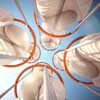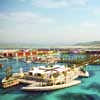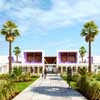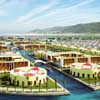'Talking' cars may someday warn of crashes and save lives
Using specialized WiFi signals that are emitted 10 times every second, the technology senses when a collision is imminent and alerts a driver through flashing red lights and beeps.[...]
Some cars already have limited radar devices that can detect obstacles in the front, as well as those in the blind spots missed by mirrors. Such systems can cost $1,000 or more.
The advantage of the WiFi technology is not only that it is far cheaper - possibly adding as little as $100 to the cost of the car - but also that it can detect other vehicles much farther away and in all directions, officials said.
Collected from: 'Talking' cars may someday warn of crashes and save lives
CNBC's Phil LeBeau appears on the Today show to discuss new crash avoidance technologies coming out of Detroit.
Collected from: Research and Innovative Technology Administration (RITA) - United States Department of Transportation (USDOT, US DOT or DOT)
The Ford Story: What if Your Car Could Talk?
“Ford believes intelligent vehicles that talk to each other through advanced Wi-Fi are the next frontier of collision avoidance innovations that could revolutionize the driving experience and hold the potential of helping reduce many crashes,” said Sue Cischke, group vice president, Sustainability, Environment and Safety Engineering.
Ford is building the first-ever prototype intelligent vehicles that will tour the U.S. beginning this spring. The company will provide additional prototypes for the Department of Transportation’s world-first research clinics expected to begin this summer.
Collected from: The Ford Story: What if Your Car Could Talk?
Collected from: YouTube - Ford Intelligent Vehicle Technology
FORD ACCELERATES INTELLIGENT VEHICLE RESEARCH, CREATING ‘TALKING’ VEHICLES TO MAKE ROADS SAFER | Ford Motor Company Newsroom
How it works
Ford’s vehicle communications research technology allows vehicles to talk wirelessly with one another using advanced Wi-Fi signals, or dedicated short-range communications, on a secured channel allocated by the Federal Communications Commission. Unlike radar-based safety features, which identify hazards within a direct line of sight, the Wi-Fi-based radio system allows full-range, 360-degree detection of potentially dangerous situations, such as when a driver’s vision is obstructed.
For example, drivers could be alerted if their vehicle is on path to collide with another vehicle at an intersection, when a vehicle ahead stops or slows suddenly or when a traffic pattern changes on a busy highway. The systems also could warn drivers if there is a risk of collision when changing lanes, approaching a stationary or parked vehicle, or if another driver loses control.
Collected from: FORD ACCELERATES INTELLIGENT VEHICLE RESEARCH, CREATING ‘TALKING’ VEHICLES TO MAKE ROADS SAFER | Ford Motor Company Newsroom




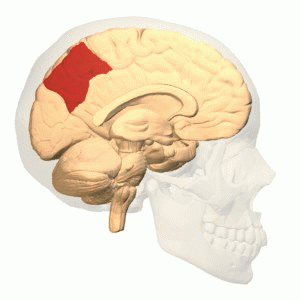
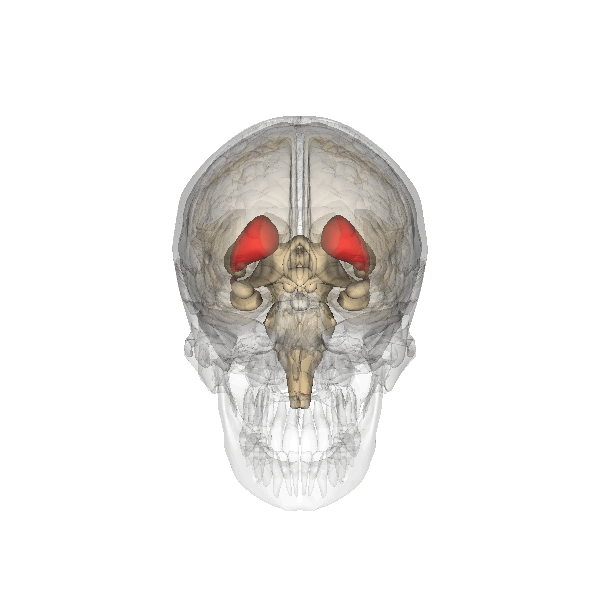

















 has developed a new alternative energy system that harvests mechanical energy imparted to roadways, railways and runways from passing vehicles, trains and pedestrian traffic and converts it into
has developed a new alternative energy system that harvests mechanical energy imparted to roadways, railways and runways from passing vehicles, trains and pedestrian traffic and converts it into 










